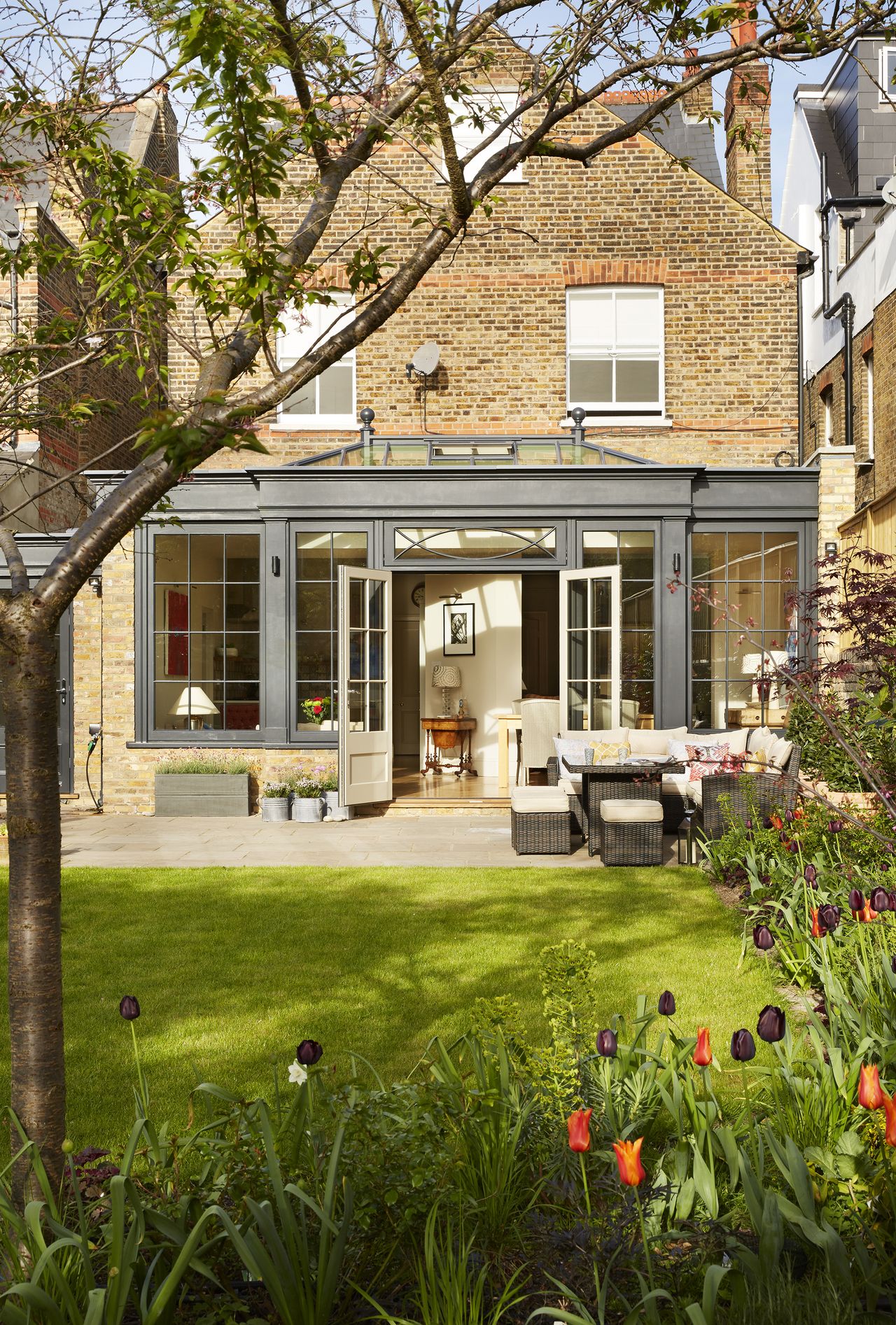

Wondering how to insulate a sunroom so you can get maximum enjoyment from this additional space in all seasons? A sunroom provides valuable extra living space for a home and great exterior views so it's only natural that you’ll want to use it for as many months of the year as possible.
If you have already brought your favorite sunroom ideas to life, you might have realized that these spaces can get too hot in summer and too cold in winter. And, if you’ve plans to build a sunroom, you’ll want to choose wisely to avoid this issue. Otherwise? Well, that’s a whole lot of time when you could be in there, but it’s just not comfortable.
Thankfully, a sunroom can be insulated so it’s a space you can happily spend time in around the year without worrying about the cost of your energy bills. ‘Remember that energy efficiency is the most cost-effective strategy for reducing heating and cooling bills,’ advises the US Department of Energy.
It’s possible to better insulate an existing sunroom, but knowing about sunroom insulation is also important so you can buy wisely if you’re opting for a new sunroom for your home.
How do you insulate a sunroom?
If your goal is to find out how to insulate an existing sunroom there are several aspects to pay attention to.
First, it may be that the windows are old with thin single pane glass. This won’t provide adequate insulation. If you have the budget, it’s worth replacing them. If you’re going to replace sunroom windows, look for Energy Star certified designs, which is an accreditation for products that save energy.
Insulating the ceiling of an existing sunroom can also make it a space you can use for more months of the year. You can call on a contractor to add spray foam insulation above the ceiling and under the roof.
Insulating the floor of a sunroom is also a worthwhile strategy to improve yours. Foam can be sprayed under the floor by professional contractors. Alternatively, if there is a crawlspace, you could add insulation yourself as a DIY job.
How to insulate under a raised sunroom
If your sunroom is raised, it’s possible to use foam board plus spray foam on the underside of the sunroom. After that you could fix a layer of pressure-treated plywood and seal it with caulk. Paint the plywood for extra protection and for a neat finish.
How do you keep a sunroom warm in the winter?
Wondering how do you winterize a sunroom? Here are some measures you can take.
Make sure the window frames aren’t leaking warm air. If you do have drafty windows, put in weatherstripping around them, or use caulk to seal the leaks between frames and the wall or two adjoining window frames. There are lots of methods, if you're wondering how to insulate windows.
Add insulation to improve the energy efficiency of existing windows, especially single pane versions. Hardware stores sell window insulation kits for interior use. This temporary insulation can make a difference by keeping the heat in at the coldest times of the year.
Have window insulation film – also called window tint – professionally installed to help keep the heat inside your sunroom. This can also help stop it overheating in the height of summer.
Fit insulated drapes. Shut them at night to preserve the heat generated by the sun during the daytime when they’re open.
Install a ceiling fan which will help circulate the warm air that rises towards the ceiling in your room so you can benefit from it.
How do you keep a 3 season room warm in the winter?
A three season sunroom is a very popular choice, and designed to be occupied from spring through fall, but possibly for longer, depending on the location.
Although it’s not specified for use in the coldest months, a space heater or electric fireplace can allow you to a three season room in the winter. Make sure you only use your heater when you’re in the room.
Adding a thick rug will create comfort underfoot at the coldest time of year, no matter what type of flooring you've put down but most especially if you have a tile floor as it will feel chilly in the winter. Even a hardwood floor will be more pleasing with a rug between you and the surface when it’s cold. You could also find out how to insulate a floor if yours are just too chilly.
Insulated drapes (see above) should also be hung to warm up a three season room in the winter.
Insulation for a new sunroom
If you’re opting for a new sunroom, make sure it is the most energy efficient it can be.
The US Department of Energy recommends that any new construction has energy-efficient windows (see above) and these should also be well shaded. It cautions against sloped glazing and instead recommends vertical glazing. An overhang might be sufficient to shade this in the summer, although you may need other shading solutions in addition.
Solid insulated sidewalls are also best to avoid the room’s overheating and reduce the loss of heat at night.
Join our newsletter
Get small space home decor ideas, celeb inspiration, DIY tips and more, straight to your inbox!

Sarah is a freelance journalist and editor writing for websites, national newspapers, and magazines. She’s spent most of her journalistic career specialising in homes – long enough to see fridges become smart, decorating fashions embrace both minimalism and maximalism, and interiors that blur the indoor/outdoor link become a must-have. She loves testing the latest home appliances, revealing the trends in furnishings and fittings for every room, and investigating the benefits, costs and practicalities of home improvement. It's no big surprise that she likes to put what she writes about into practice, and is a serial house revamper. For Realhomes.com, Sarah reviews coffee machines and vacuum cleaners, taking them through their paces at home to give us an honest, real life review and comparison of every model.
-
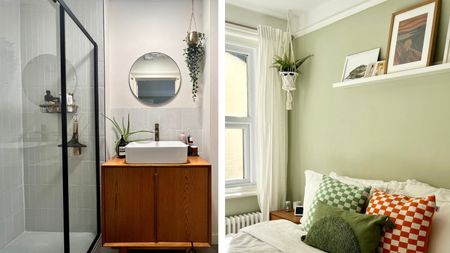 My first apartment makeover: 5 renovation mistakes I learned the hard way, and how you can avoid them
My first apartment makeover: 5 renovation mistakes I learned the hard way, and how you can avoid themThese are 5 things to avoid in your apartment makeover. Trust me, I learned these the hard way during my first renovation project
By Luisa Rossi Published
-
 Share your small space glow up to win $150 in the Real Homes competition
Share your small space glow up to win $150 in the Real Homes competitionShow off your creativity and DIY skills to win $150 and for the chance to be featured exclusively in Real Homes magazine
By Camille Dubuis-Welch Last updated
-
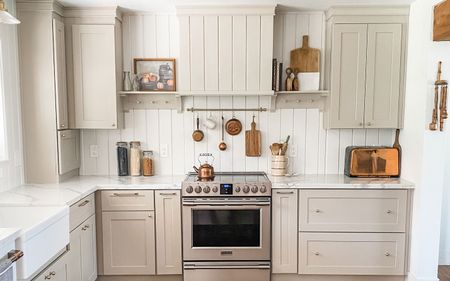 My DIY range hood and backsplash build gave my kitchen the perfect farmhouse finish
My DIY range hood and backsplash build gave my kitchen the perfect farmhouse finishI craved charm in my kitchen space and adding a custom range hood and shelving was the best move.
By Brooke Waite Published
-
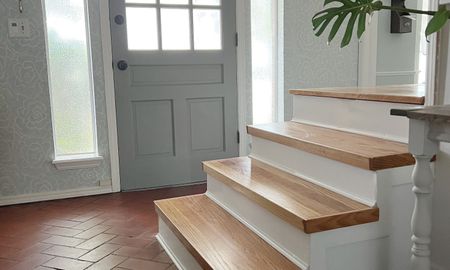 How to convert carpeted stairs to wood treads: a 5-step DIY
How to convert carpeted stairs to wood treads: a 5-step DIYConvert old worn-out carpeted stairs to wood treads DIY for a beautiful finish that will last for years to come. Plus, this stair riser project will cost a fraction of the price to pay a pro!
By Dori Turner Published
-
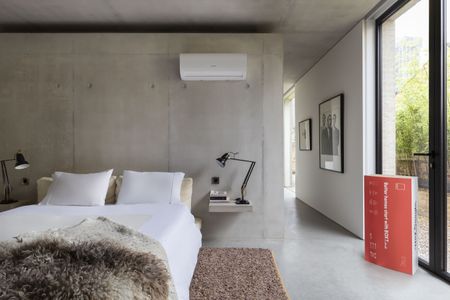 AC not working? Here are 8 things to check ASAP according to industry experts
AC not working? Here are 8 things to check ASAP according to industry expertsYour AC may not be working because the filter is clogged or you've got a tripped circuit breaker. Whatever the issue, getting to the root of the problem will lead to quicker solutions
By Camille Dubuis-Welch Published
-
 3 DIYs you should NOT do in a heatwave
3 DIYs you should NOT do in a heatwaveYou shouldn't clean windows on a hot day, you just shouldn't
By Camille Dubuis-Welch Last updated
-
 HGTV home renovator shares the most essential home repair you can do
HGTV home renovator shares the most essential home repair you can doHGTV's hottest renovator Carmine Sabatella debunks why this basic home maintenance job should not be forgotten
By Camille Dubuis-Welch Last updated
-
 15 telltale signs you're dealing with a cowboy builder and how to avoid them
15 telltale signs you're dealing with a cowboy builder and how to avoid themA cowboy builder is easy to spot, when you know the telltale signs. Here's how to avoid one so you don't end up out of pocket with a poor or even unfinished home reno job
By Lucy Searle Last updated